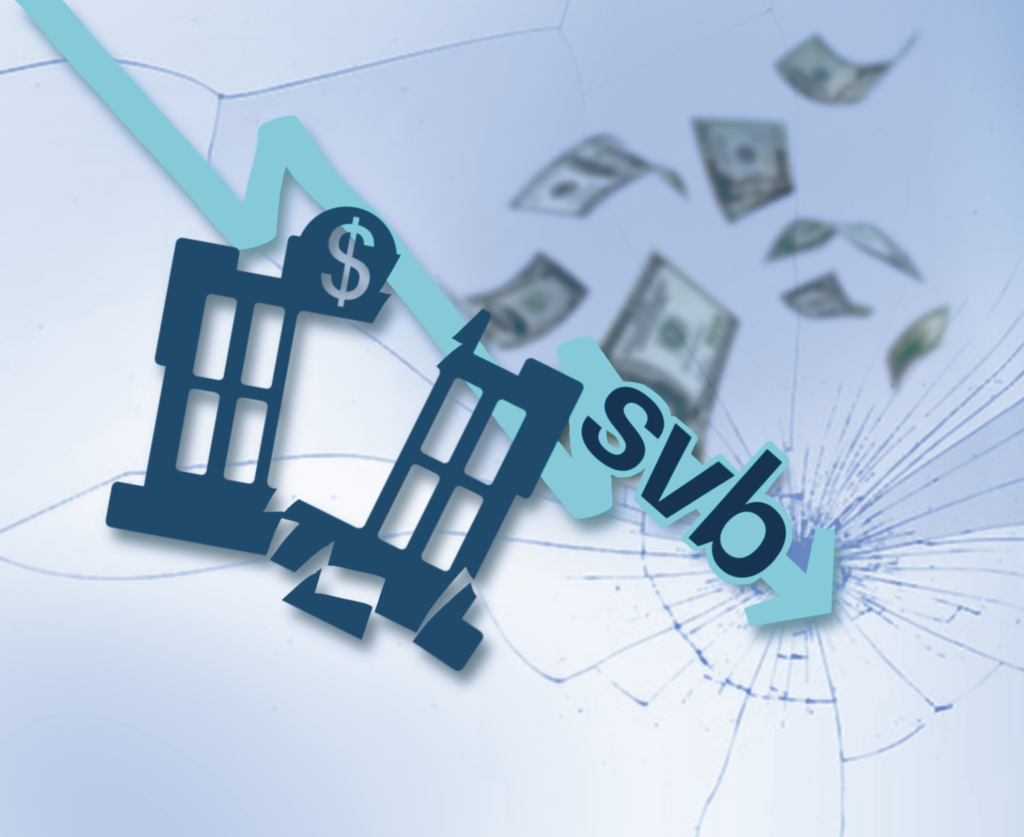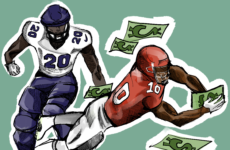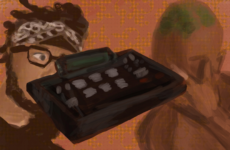
Although the aftershocks of the recent Silicon Valley Bank (SVB) bank run have largely calmed, placing blame on this financial tragedy is difficult. For one, the bank’s officials had preemptively dedicated too many excess reserves towards long-term investment and loans. For another, Former President Donald Trump P’00 decided to loosen bank regulations in the Dodd-Frank Act of 2010. However, I believe the central blame lies in the Federal Reserve (the Fed) and its tunnel vision while handling the recent spike in inflation.
Inquiry into SVB’s collapse reveals crucial lessons about the causes of bank runs and potential future safeguards. Understanding the bank run requires two critical concepts: fractional reserve banking and the relationship between bond prices and interest rates.
Choate’s macroeconomics class teaches the first concept: banks only hold a required portion of their deposits (according to a “required reserve ratio” set by the Fed) and either loan out or invest the remainder (or “excess reserves”).
SVB spent its excess reserves on U.S. treasury bonds and mortgage-backed securities, both traditional, vanilla, and low-risk investments. However, with interest rates rising, the prices of these low-risk investments fell due to bond sellers having to justify selling their bonds with interest rates lower than the newly issued bonds. This caused a $17 billion loss on SVB’s bond investments.
To account for this loss, SVB sold its securities at an after-tax loss of $1.8 billion in the first quarter of 2023, alarming its tech startup and venture capital clients. This fear, exacerbated by news of SVB’s losses spreading through social media, prompted investors to pull out their deposits in the bank rapidly.
The problem lay in too many investors wanting to take out their cash simultaneously, a phenomenon aptly named “bank run.” Unfortunately, SVB did not have enough cash for investors to pull out, causing the bank to inevitably collapse in one of the largest bank runs in U.S. history, second only to Washington Mutual’s collapse during the 2008 financial crisis.
We can see the following reverse chain of events; SVB collapsed due to investors being alerted to the high risk that depositing in the bank posed. This risk was exposed when it was revealed that the bank suffered losses of $1.8 billion, a direct result of SVB’s sale of securities to cover up an even more considerable loss of $17 billion caused by investing in vanilla assets. This $17 billion loss resulted from falling bond prices caused by rising interest rates. The Fed is to blame for this sudden interest rate spike. By raising interest rates to curb the effects of extraordinarily high inflation, 6.5%, compared to the target rate of 2%, they inadvertently led SVB toward financial chaos.
With SVB’s senior officials taking on more risk than they could realistically bear because of loosened regulations on smaller banks, this spike in interest rates paved the path for SVB’s collapse. With the Fed’s capacity to detect future implications of such monetary policy, they must bear some responsibility for failing to realize that the interest rate hike may have been too aggressive for banks such as SVB and Signature Bank.
Thankfully, the SVB bank run did not balloon into a more significant crisis throughout the banking industry, and depositors — even those who deposited sums higher than the Federal Deposit Insurance Corporation’s (FDIC) $250,000 “guaranteed insurance” amount — were fully insured.
However, to prevent future crises, the Fed must not enter a state of tunnel vision and should instead consider the potential effects of its contractionary monetary policy despite the pressure to solve the immediate problem of high inflation. Smaller regional banks across the U.S. must also be stress-tested the same way larger banks, such as Chase Bank and Bank of America, are regularly required to prove their capacity to survive during financially challenging times.




